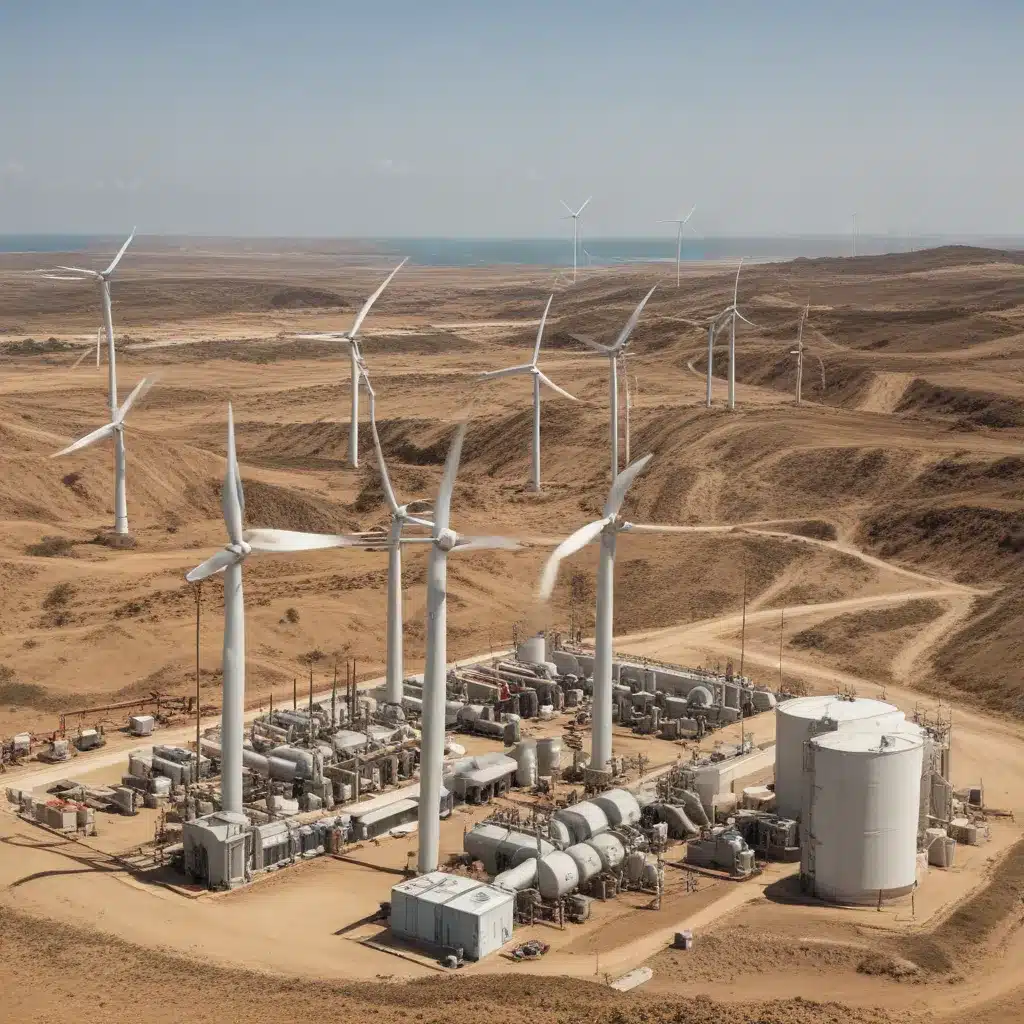
The Path to Renewable Energy in Colombia’s Coastal Frontier
La Guajira, a remote and biodiverse department in northern Colombia, is poised to become the epicenter of the country’s renewable energy revolution. Blessed with abundant wind and solar resources, this coastal region holds immense potential to power Colombia’s transition away from fossil fuels and toward a more sustainable energy future. However, this shift must be carefully navigated to ensure meaningful community engagement, protection of Indigenous rights, and equitable distribution of benefits.
The Renewable Energy Potential of La Guajira
Stretching across the vast 9,700-square-mile Caribbean peninsula, La Guajira is a land of contrasts. Its diverse biogeography, ranging from arid deserts to lush mangrove forests, is matched by the stark socioeconomic divides that characterize the region. While La Guajira is renowned for its strong trade winds and high solar radiation, it also grapples with food and water insecurity, as well as the fourth-highest poverty rate in Colombia.
The renewable energy potential of La Guajira is nothing short of staggering. According to the country’s Mining and Energy Planning Unit (UPME), the department has the capacity to generate up to 15 gigawatts (GW) of wind energy alone, making it a prime location for wind power development. Additionally, with Colombia’s solar radiance estimated to be 60% higher than the global average, La Guajira’s direct sunlight presents an equally promising opportunity for solar energy projects.
“La Guajira is exceptionally well-suited for renewable energy development,” states the Global Energy Monitor. “These factors mean La Guajira is the epicenter of Colombia’s energy transition.“
Navigating the Transition: Challenges and Considerations
While the renewable energy potential of La Guajira is undeniable, the path to realizing this transformation is complex and fraught with challenges. The department is home to the Wayuu Indigenous people, who make up over 46% of the local population and have a profound connection to the land. Ensuring that the energy transition respects Wayuu rights, incorporates their traditional knowledge, and delivers tangible benefits to these communities is crucial.
One of the primary obstacles has been the insufficient and rushed consultation processes undertaken by renewable energy developers. Wayuu leaders have repeatedly expressed concern over the lack of information provided and the failure to obtain their free, prior, and informed consent (FPIC) as prescribed by Colombian law. This has led to strong local resistance, including blockades and protests that have delayed project construction.
“The last pending procedure should have been the first one: the consent of the communities that own the territory,” states the International Work Group for Indigenous Affairs (IWGIA).
Beyond the issue of community engagement, the energy transition in La Guajira must also grapple with the region’s reliance on fossil fuel extraction. Coal mining and natural gas production have long been the economic mainstays of the department, and the prospect of a just transition for workers and affected communities is a pressing concern.
Moreover, the renewable energy projects themselves have the potential to disrupt the delicate ecosystems of La Guajira, which are home to an abundance of biodiversity, including endangered species and fragile habitats. Careful environmental impact assessments and mitigation strategies are essential to ensure the protection of these natural resources.
Collaborative Approaches and Policy Enablers
Recognizing the complexities involved, the Government of Colombia has taken steps to facilitate a more inclusive and equitable energy transition in La Guajira. In 2021, the country passed the Energy Transition Law, which provides incentives for renewable energy development and mandates that a percentage of the revenue from these projects be directed toward affected communities, with a focus on Afro-Colombian and Indigenous populations.
Additionally, in late 2023, President Gustavo Petro issued a decree allowing energy communities, particularly rural farmers and Indigenous groups, to create their own renewable energy generation and commercialization projects. This initiative aims to empower local stakeholders and ensure that the benefits of the energy transition are distributed more equitably.
“The Government of Colombia is working to achieve 6 GW of operational renewable energy by 2026,” states the Global Energy Monitor. “This transition must be guided by the principles of environmental justice to ensure fair outcomes for all.“
Collaboration between government entities, renewable energy developers, and community organizations has also been essential. Groups like the National Environmental Forum, Indepaz, and the Wayuu National Indigenous Movement have been vocal advocates for meaningful community engagement and the protection of Indigenous rights during the energy transition process.
“We must leverage the expertise and perspectives of local stakeholders to ensure that the renewable energy revolution in La Guajira is truly just and sustainable,” says a representative from the Stockholm Environment Institute’s Latin America office, which has been actively involved in research and dialogue in the region.
Toward a Just and Sustainable Energy Future
The energy transition in La Guajira represents a pivotal moment for Colombia, with the potential to serve as a model for inclusive and equitable renewable energy development worldwide. By prioritizing community engagement, respecting Indigenous rights, and mitigating environmental impacts, the country can harness the power of wind and solar to fuel its sustainable development while addressing the needs and concerns of the Wayuu people and other affected communities.
As the Government of Colombia and renewable energy developers forge ahead, it is essential that they work in close collaboration with local stakeholders, drawing upon their knowledge and expertise to chart a path forward that truly benefits all. Only through this collective effort can La Guajira’s renewable energy potential be unlocked in a manner that is just, equitable, and environmentally responsible.
To learn more about the Joint Action for Water organization and their work in promoting sustainable water and sanitation solutions, please visit their website.

